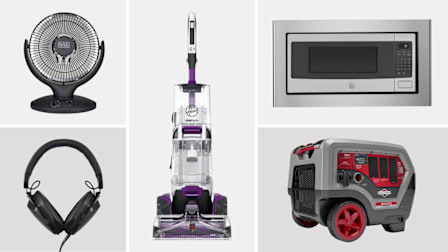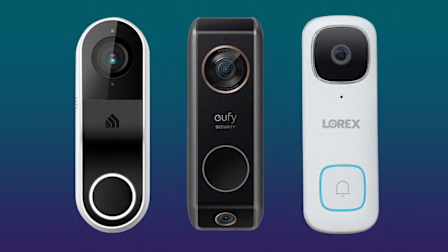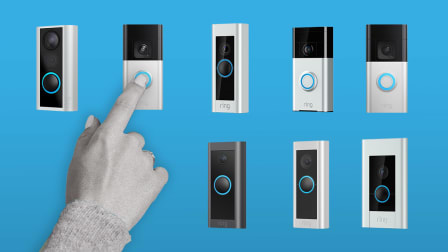Doorbell Camera Face-Off: Google Nest vs. Ring
Who makes the best digital doorman? Here’s how devices from Google and Amazon compare in CR’s tests.
When you shop through retailer links on our site, we may earn affiliate commissions. 100% of the fees we collect are used to support our nonprofit mission. Learn more.

Video doorbell cameras are slowly becoming a popular way to keep a watchful eye on houses and apartments. According to a nationally representative Consumer Reports survey (PDF) of 2,223 U.S. adults conducted in January 2021, 18 percent of Americans own a video doorbell.
Amazon-owned Ring, makers of the Ring Video Doorbell, has better name recognition in the category, but it has a tough competitor in Google Nest, which has revamped its video doorbell lineup over the past few years.
“Both brands’ doorbells will do a good job keeping an eye on your front door,” says Charlie Davidman, Consumer Reports’ test engineer for home security cameras. “But our tests revealed some important differences between them.”
Below, we compare the hardware, lab-test performance, smart features, and subscription services offered by Google Nest and Ring. Read on to see which doorbell brand comes out on top.
Skip Ahead
- The Lineup: Google Nest and Ring
- The Face-Off: Hardware, Free Features, Performance, Subscriptions
- Nest vs. Ring: Which Should You Choose?
- How CR Tests Doorbell Cameras
The Lineup
Google Nest Doorbells
Google Nest has produced and sold three different video doorbell cameras over the past five years. The company’s first doorbell, the Google Nest Hello Video Doorbell, later rebranded as the Google Nest Doorbell (Wired), was replaced with an updated model last fall. That first-generation model is still available at some retailers, but you’ll probably want to consider the second-generation wired model instead. You can see high-level test results for Google’s first-gen wired model, second-gen wired model, and battery-powered model below.
Ring Doorbells
Taking almost the opposite approach of Google, Amazon-owned Ring has produced a video doorbell camera for every budget and use imaginable. Ring’s website currently lists nine different video doorbell models for sale: four hardwired models and five battery-powered models. And the list doesn’t include an older model—the Ring Video Doorbell 3 Plus—that’s still sold at Costco, or Amazon’s budget home security brand Blink, which makes its own doorbell.
Below you’ll see high-level test results for just about every Ring model. The only two that are missing are the Ring Battery Doorbell Plus, a new model we’re preparing to test, and the Ring Video Doorbell Elite, a high-end model designed more for custom integrators and businesses that uses Ethernet wiring instead of traditional low-voltage doorbell wiring.
The CR Face-Off: Nest vs. Ring
Hardware
Each brand’s hardware designs are fairly distinct. Google Nest doorbells have a pill-shaped physical design with a camera at the top and a large doorbell button at the bottom. They come in four different muted colors: snow (white), linen (beige), ivy (dark green), and ash (dark grey). Ring doorbells have a rectangular design with a circular doorbell button that glows blue when pressed. They come in varying combinations of black and silver.
But the key difference is the aspect ratio. Nest doorbells and two newer Ring doorbells—the Video Doorbell Pro 2 and Battery Doorbell Plus—have either a 4:3 or square aspect ratio, while Ring’s other doorbells have a 16:9 aspect ratio. That means the former provides more of a head-to-toe view that allows you to see visitors and package deliveries, but nothing to the far left or right of the camera. A 16:9 aspect ratio usually gives you a wide-angle view to see guests but no view toward the ground to see packages.
































